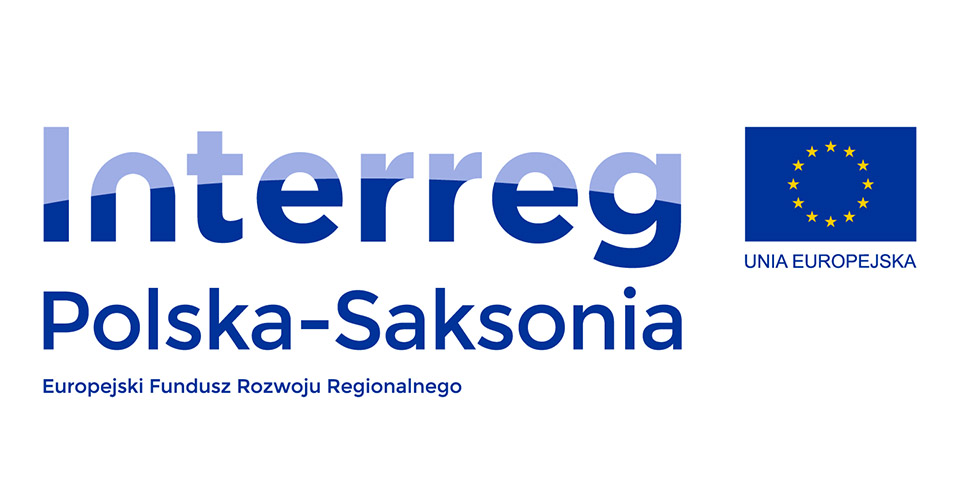02 Feb 23 Didactic Guide for Historical-Political Educational Work at the Stalag VIII A Memorial Site
Ladies and Gentlemen, Dear Teachers, Dear Students, Dear Readers,
This publication “The Prisoner of War Camp Stalag VIII A Görlitz. Didactic Guide for Historical-Political Educational Work at the Stalag VIII A Memorial Site” is intended, as the title suggests, to provide you with support in planning and preparing your visit to our memorial site.
The content of this booklet is divided into three parts. In the first part you will find introductory information about the events of World War II that are relevant for a successful visit to the Stalag VIII A memorial. You can use this as an introduction but also as a repetition for preparation in class.
In the second part, detailed information on the prisoner of war camp Stalag VIII A is provided in the context of the entire prisoner of war camp system in the Third Reich, but also in relation to our region and Görlitz.
The third part was developed to work with individual biographies of prisoners of war from Stalag VIII A who were brought to the camp from many countries all around the world. We know from experience that personal perspectives and fates are particularly well suited for working with young people.
For each chapter, you will find three questions that allow the students to immerse themselves in the topic in three phases. The corresponding operators clearly define the work assignment and go from basic reproduction to transfer to reflection.
The guide also offers the possibility of working with it in the memorial itself, as it is adapted to our educational paths and both sources of information can be used in a complementary way, allowing for interactive work on the grounds of the former camp itself.
We wish you a successful preparation and look forward to welcoming you and your students to the memorial.
Lastly, we would like to express our deep gratitude to the families of the prisoners of war who suffered and died here in Stalag VIII A. For it is they who tell us about their fathers and grandfathers and hand over personal memories of them, which makes this kind of memorial work possible in the first place.
Alexandra Grochowski
